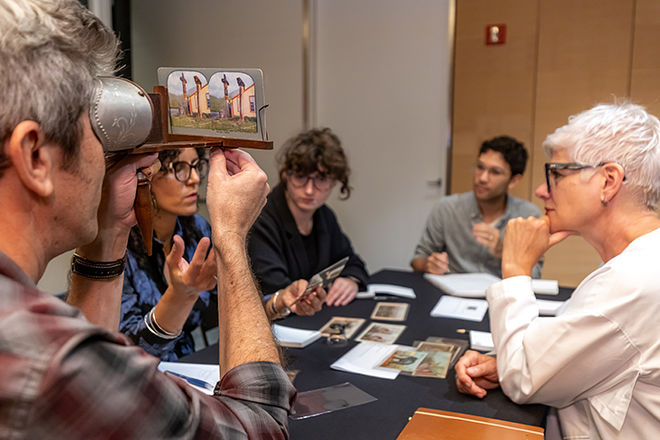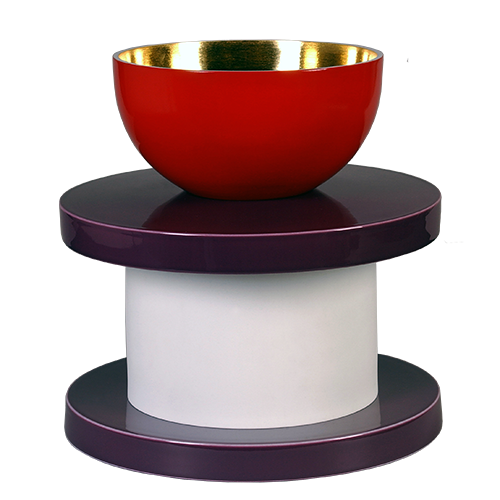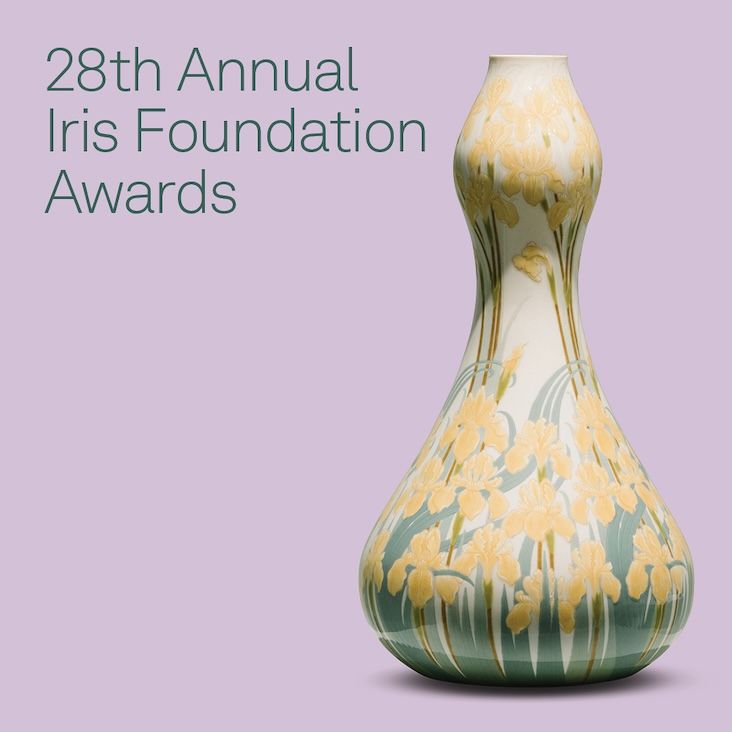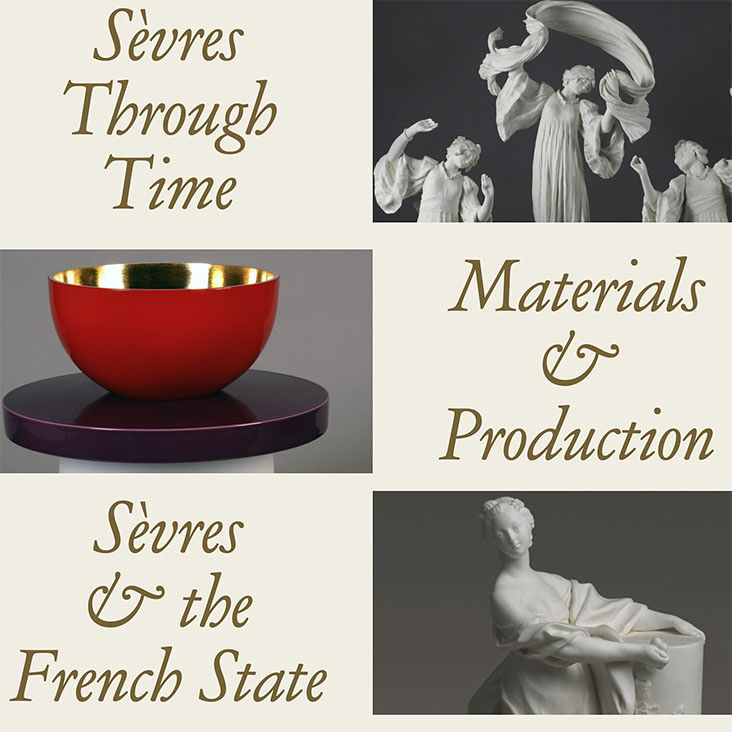Jeffrey Moser gave a Brown Bag Lunch presentation on Wednesday, February 28, at 12:15 pm. His talk is entitled “Ten Meters Down: Antiquarian Geologics in Song China.”
In 2006, archaeologists in the northwestern province of Shaanxi uncovered what is to date the largest medieval family cemetery ever discovered in China. Containing twenty-nine tombs spanning five generations of the Lü clan, whose members included some of the most prominent statesmen and intellectuals of the Northern Song era (960–1127), the cemetery is yielding extraordinary insights into the material lives of elite society in medieval China. Among the most notable discoveries is the tomb of the antiquarian and Neo-Confucian scholar Lü Dalin, who authored the world’s earliest extant illustrated catalog of antiquities. The construction of the tombs in the cemetery, and the grave goods found therein, demonstrate that the family had a sophisticated awareness of the ancient Bronze Age burials from which their collections came, and possessed a stratigraphic understanding of subterranean depth as a measure of time. In tunneling deep into the earth, they endeavored to lay their dead in the time of the Sages of high antiquity. In this talk, Moser explores the evidence for this antiquarian “geologic,” and considers its implications for the spatiotemporal dynamics of the medieval Chinese imaginary.
Jeffrey Moser is Assistant Professor of the History of Art and Architecture at Brown University. A specialist in the artistic and intellectual history of China during the Song-Yuan era (tenth to fourteenth centuries AD), his research focuses on the ways in which sensory engagement with material things transformed historical approaches to the challenges of making, reasoning, and knowing. His interest in the catalytic potency of objects extends from the historical dimensions of his research to the contemporary challenges of university and museum education. Prior to joining the faculty at Brown in 2015, Moser taught at McGill University and Zhejiang University. He is currently completing a book manuscript entitled Nominal Things: Bronzes, Schemata, and Hermeneutics of Facture in Northern Song China. His research articles have appeared in the Harvard Journal of Asiatic Studies, Journal of Song-Yuan Studies, and elsewhere. In spring 2018 he will be a Research Fellow at Bard Graduate Center. During this time Moser will be focusing on his new project Excavating China’s First Archaeologist, a micro-historical study of a prominent Northern Song (960–1127) clan of scholar-officials and antiquarians based on the material remains of their recently uncovered cemetery.











